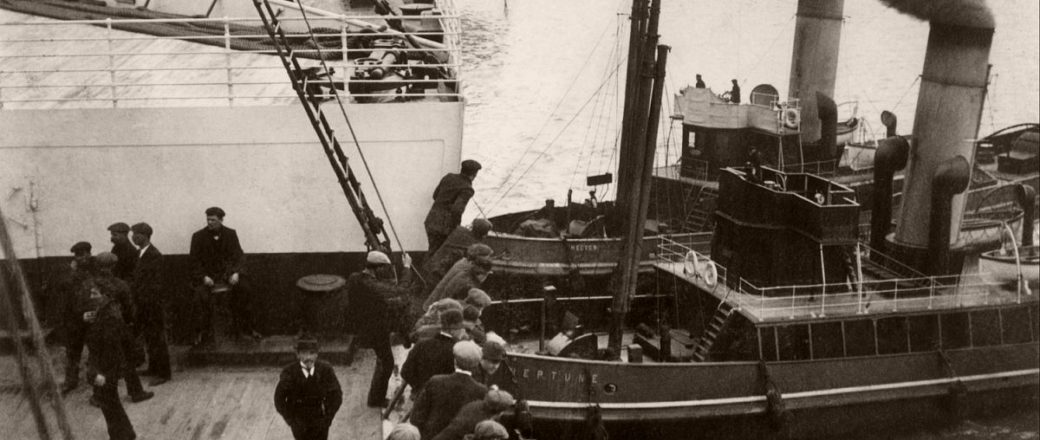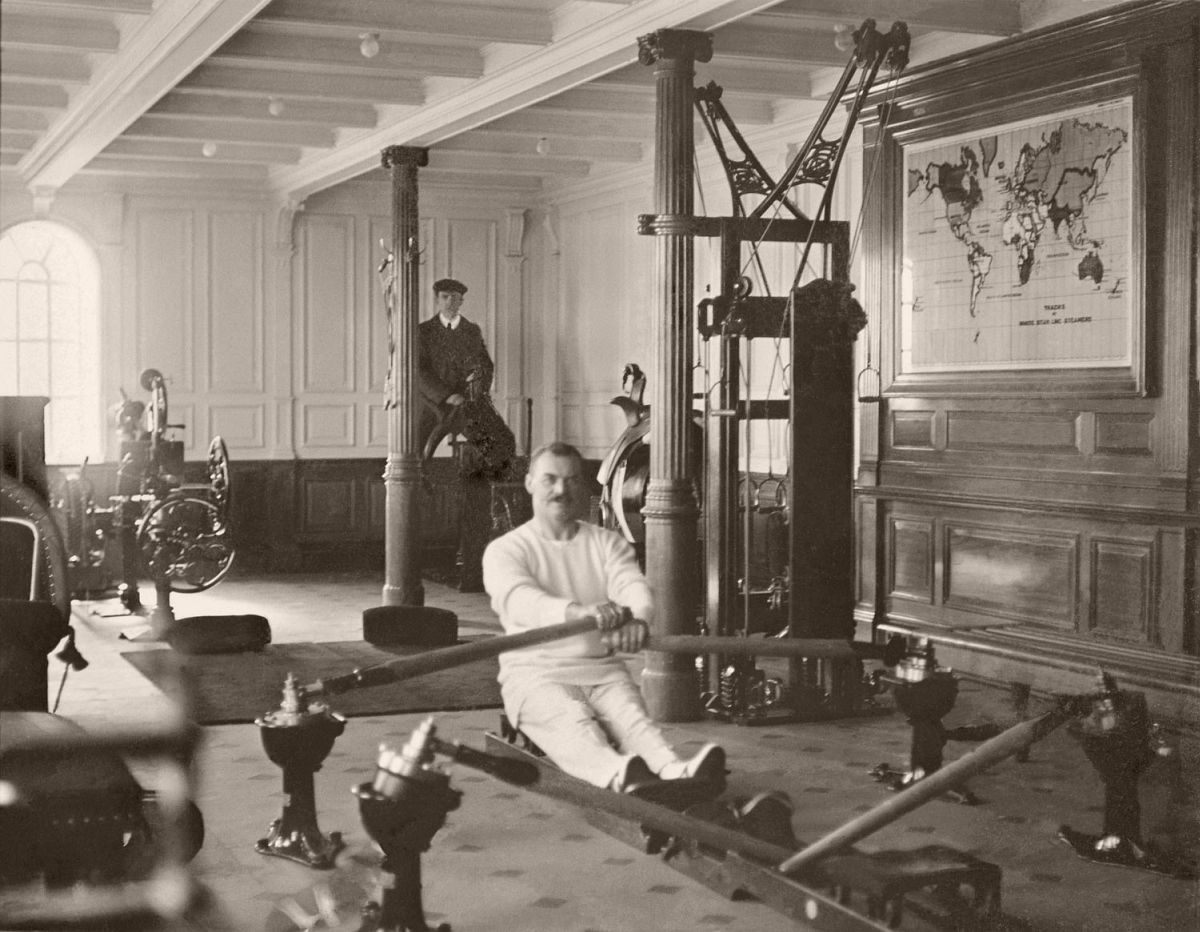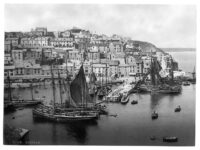The passenger facilities aboard Titanic aimed to meet the highest standards of luxury. According to Titanic’s general arrangement plans, the ship could accommodate 833 First Class Passengers, 614 in Second Class and 1,006 in Third Class, for a total passenger capacity of 2,453. In addition, her capacity for crew members exceeded 900, as most documents of her original configuration have stated that her full carrying capacity for both passengers and crew was approximately 3,547. Her interior design was a departure from that of other passenger liners, which had typically been decorated in the rather heavy style of a manor house or an English country house.
Titanic was laid out in a much lighter style similar to that of contemporary high-class hotels—the Ritz Hotel was a reference point—with First Class cabins finished in the Empire style. A variety of other decorative styles, ranging from the Renaissance to Louis XV, were used to decorate cabins and public rooms in First and Second Class areas of the ship. The aim was to convey an impression that the passengers were in a floating hotel rather than a ship; as one passenger recalled, on entering the ship’s interior a passenger would “at once lose the feeling that we are on board ship, and seem instead to be entering the hall of some great house on shore”.
Among the more novel features available to first-class passengers was a 7 ft. deep saltwater swimming pool, a gymnasium, a squash court, and a Turkish bath which comprised electric bath, steam room, cool room, massage room, and hot room. First-class common rooms were impressive in scope and lavishly decorated. They included a Lounge in the style of the Palace of Versailles, an enormous Reception Room, a men’s Smoking Room, and a Reading and Writing Room. There was an À la Carte Restaurant in the style of the Ritz Hotel which was run as a concession by the famous Italian restaurateur Gaspare Gatti. A Café Parisien decorated in the style of a French sidewalk café, complete with ivy covered trellises and wicker furniture, was run as an annex to the restaurant. For an extra cost, first-class passengers could enjoy the finest French haute cuisine in the most luxurious of surroundings. There was also a Verandah Café where tea and light refreshments were served, that offered grand views of the ocean. At 114 ft. long X 92 ft. wide, the Dining Saloon on D-Deck was the largest room afloat and could seat almost 600 passengers at a time. Third Class (commonly referred to as Steerage) accommodations aboard Titanic were not as luxurious as First or Second Class, but even so were better than on many other ships of the time. They reflected the improved standards which the White Star Line had adopted for trans-Atlantic immigrant and lower-class travel. On most other North Atlantic passenger ships at the time, Third Class accommodations consisted of little more than open dormitories in the forward end of the vessels, in which hundreds of people were confined, often without adequate food or toilet facilities.
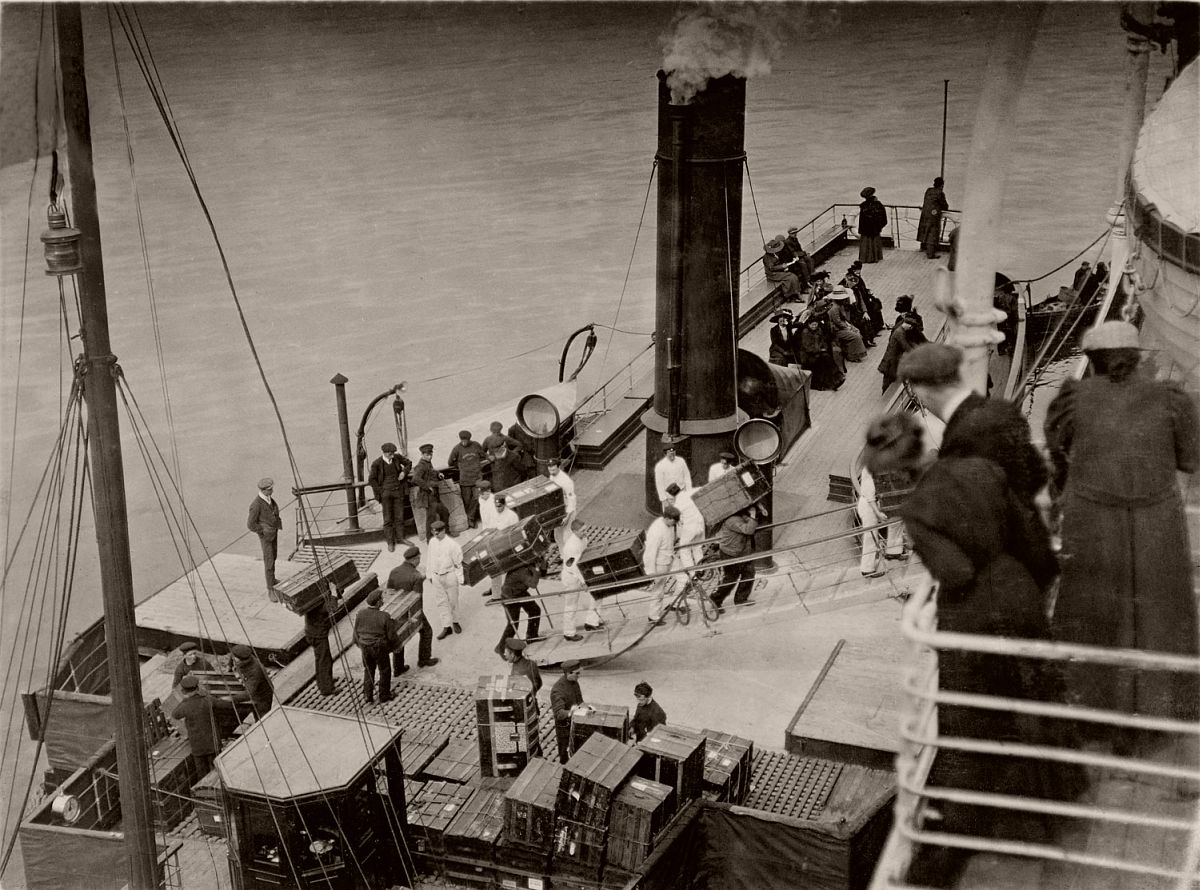
Trunks being carried aboard the Titanic, April 11, 1912. Photo: Fr Browne SJ Collection—UIG/The Bridgeman Art Library
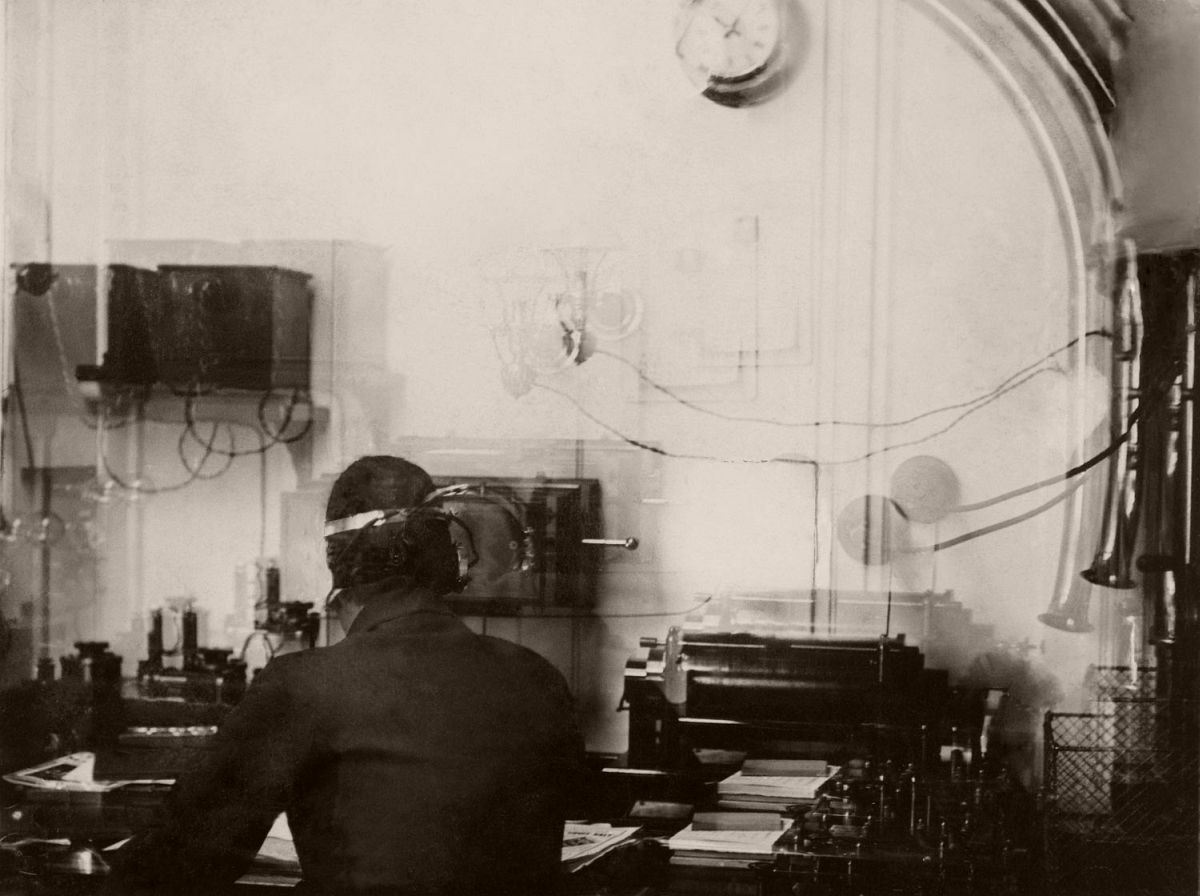
Wireless operator Harold Bride at work in the Marconi Room on the Titanic, 1912. Photo: Fr Browne SJ Collection—UIG/The Bridgeman Art Library
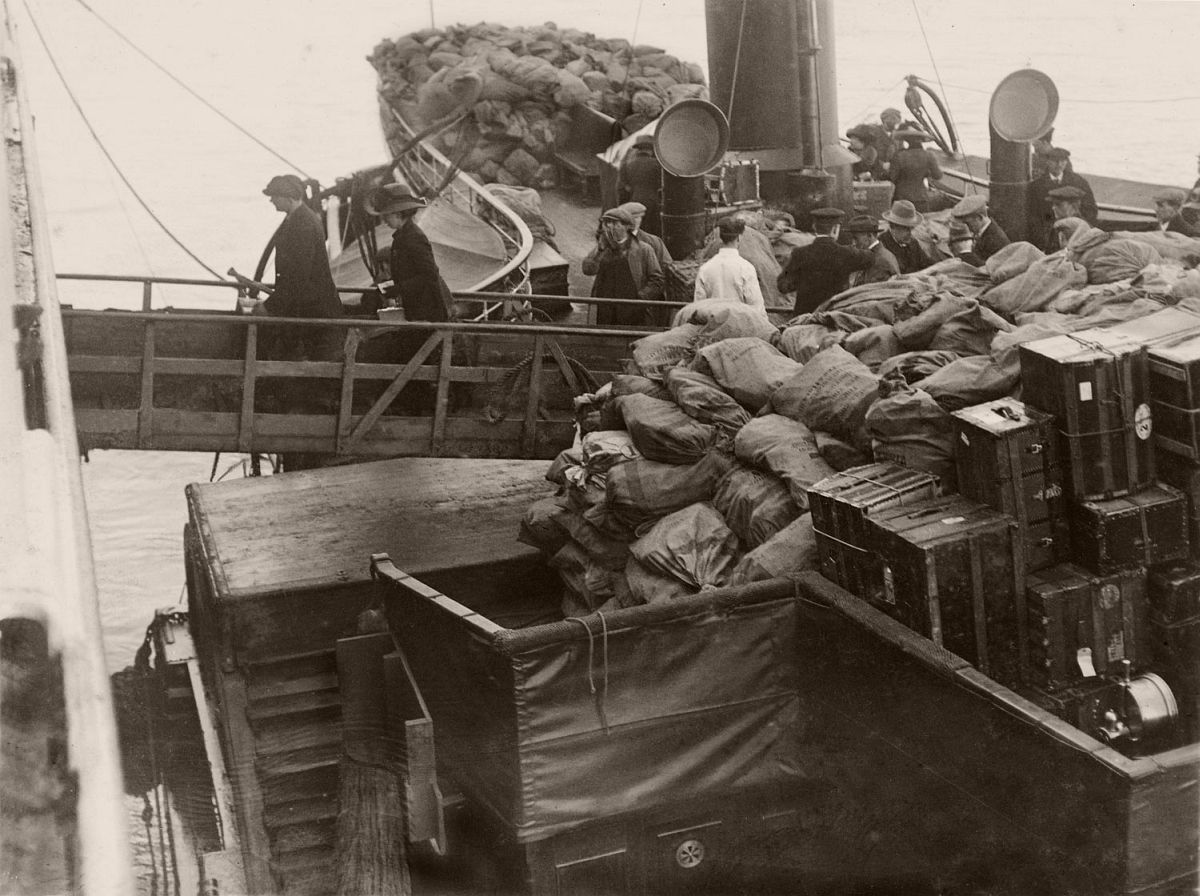
Mail bags and trunks being loaded onto the Titanic, April 11, 1912. Photo: Fr Browne SJ Collection—UIG/The Bridgeman Art Library
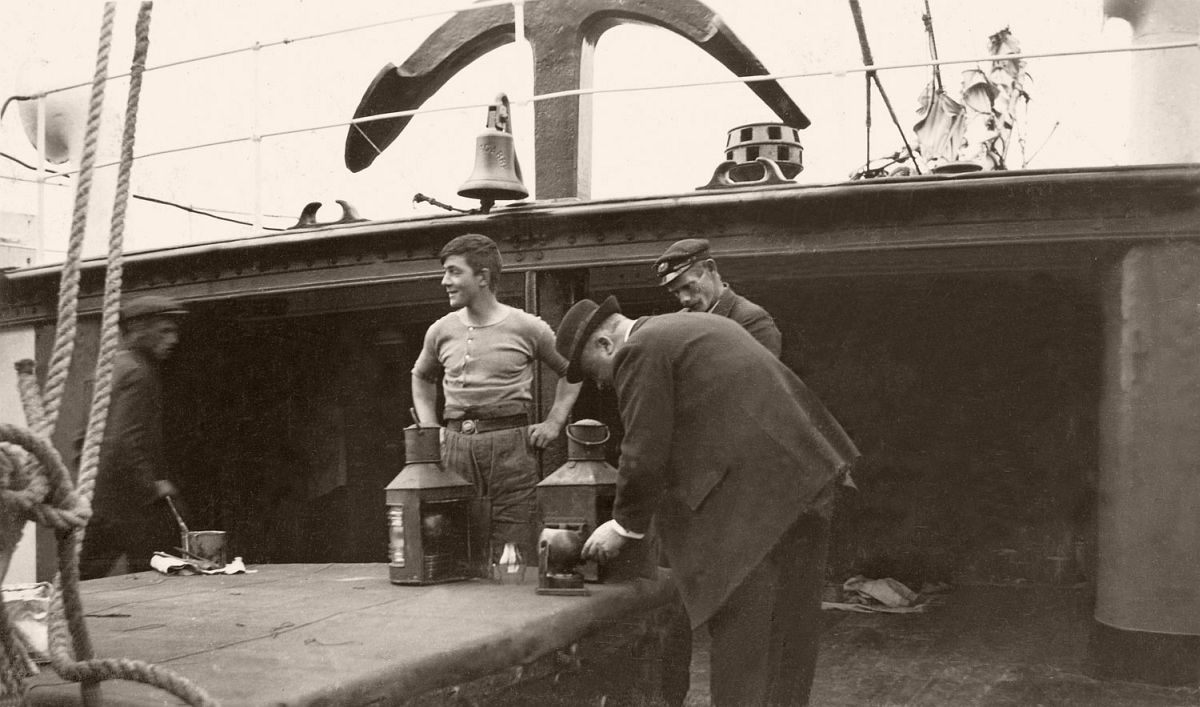
Inspection of signal lamps aboard a tender used to ferry passengers to the Titanic, 1912. Photo: Fr Browne SJ Collection—UIG/The Bridgeman Art Library
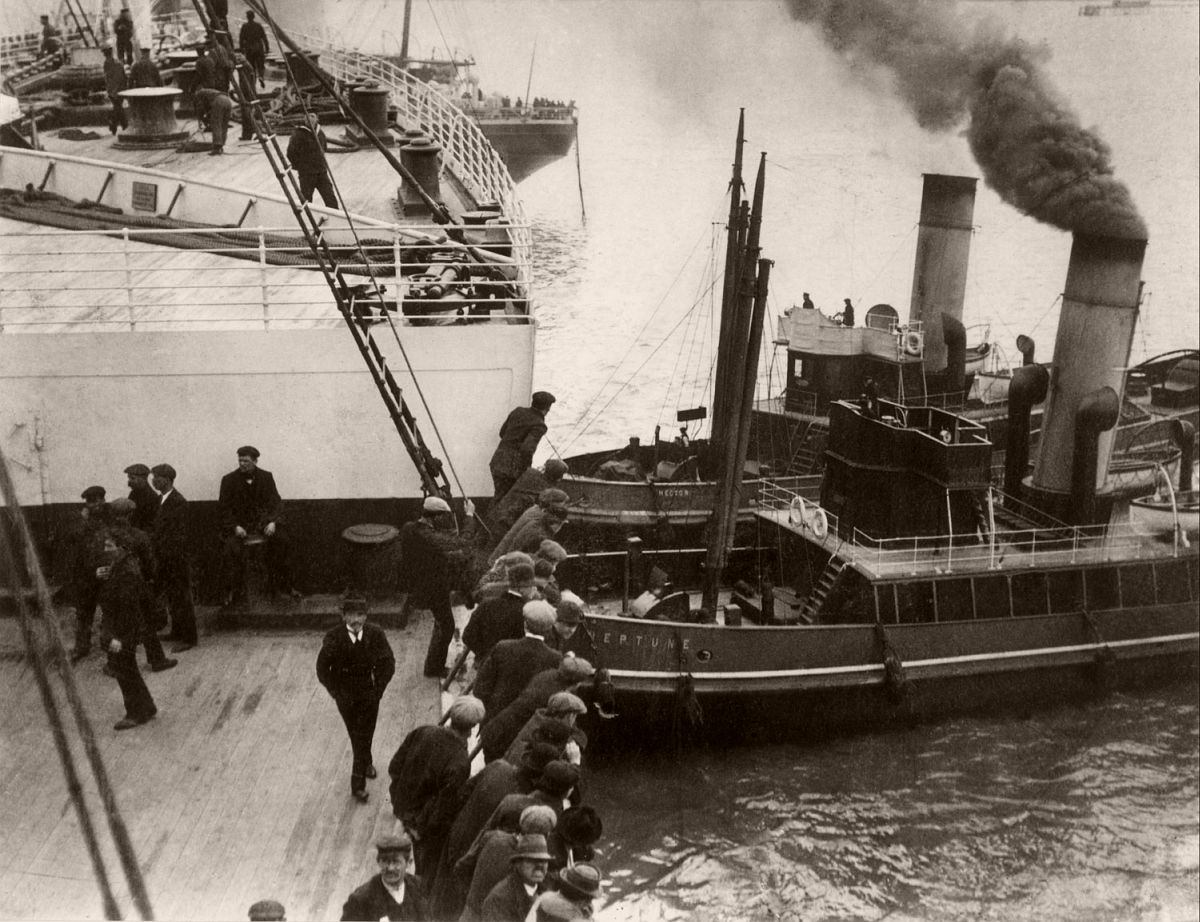
Tugs ‘Hector’ and ‘Neptune’ nudging the bow of the Titanic away from a near collision, 1912. Photo: Fr Browne SJ Collection—UIG/The Bridgeman Art Library
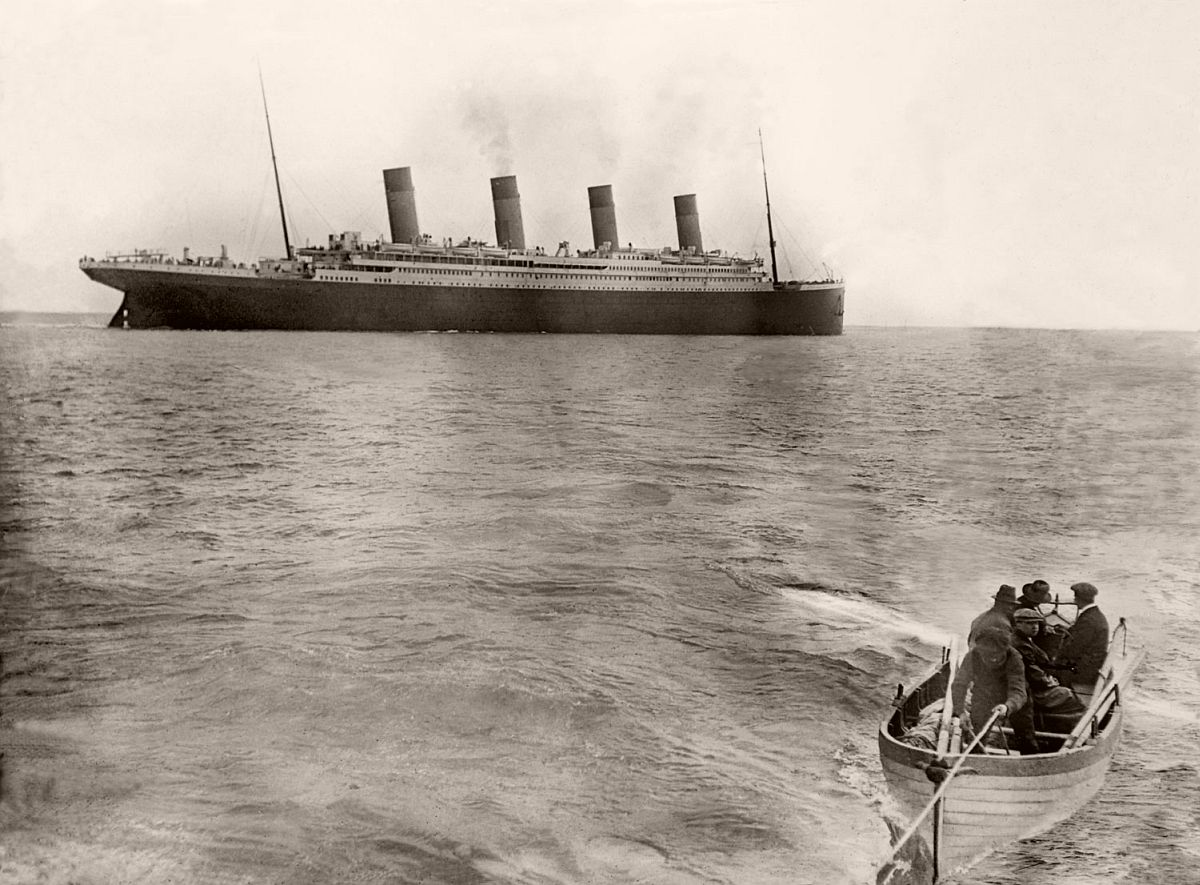
Last picture of the TItanic leaving Queenstown (Cobh), Ireland on her maiden voyage to New York, April 12, 1912. Photo: Fr Browne SJ Collection—UIG/The Bridgeman Art Library
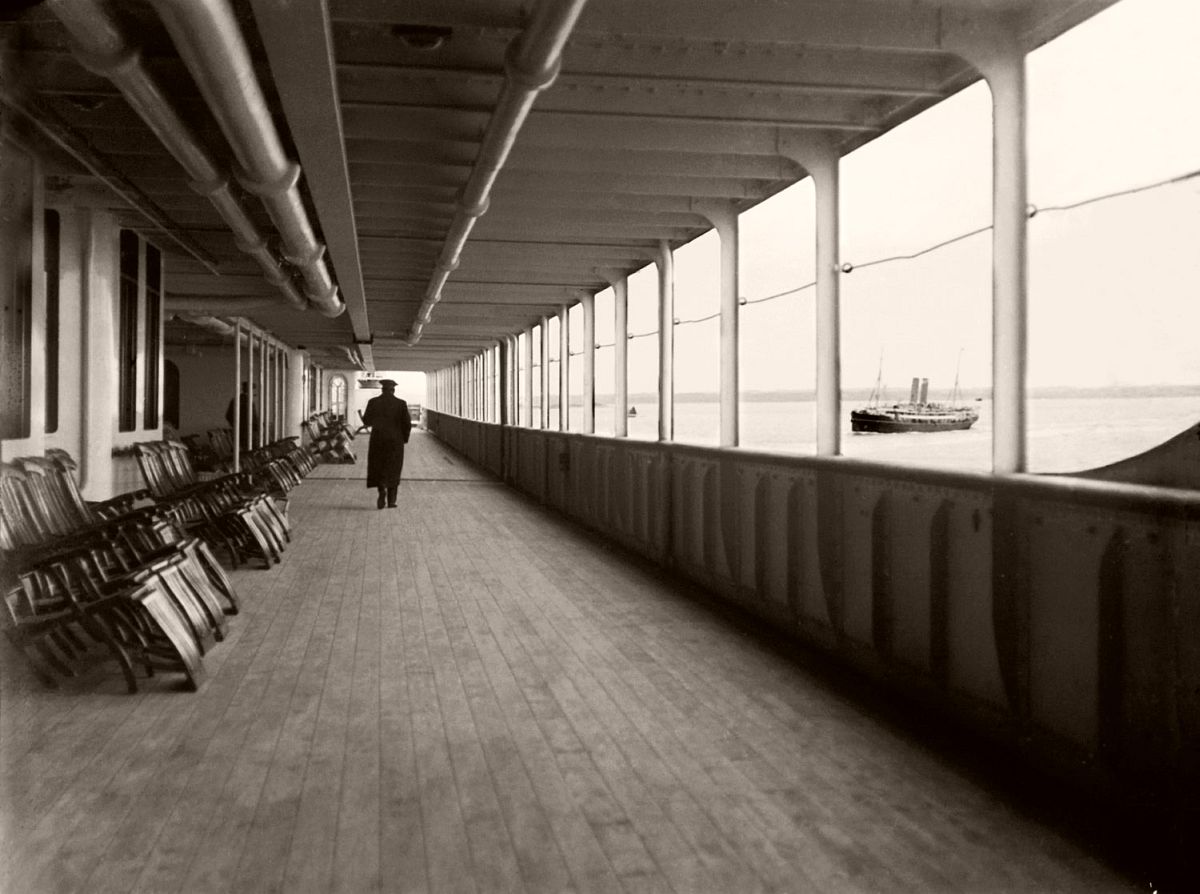
Promenade deck of the Titanic, after leaving Southampton and passing the Portuguese RMSP Tagus, 1912. Photo: Fr Browne SJ Collection—UIG/The Bridgeman Art Library
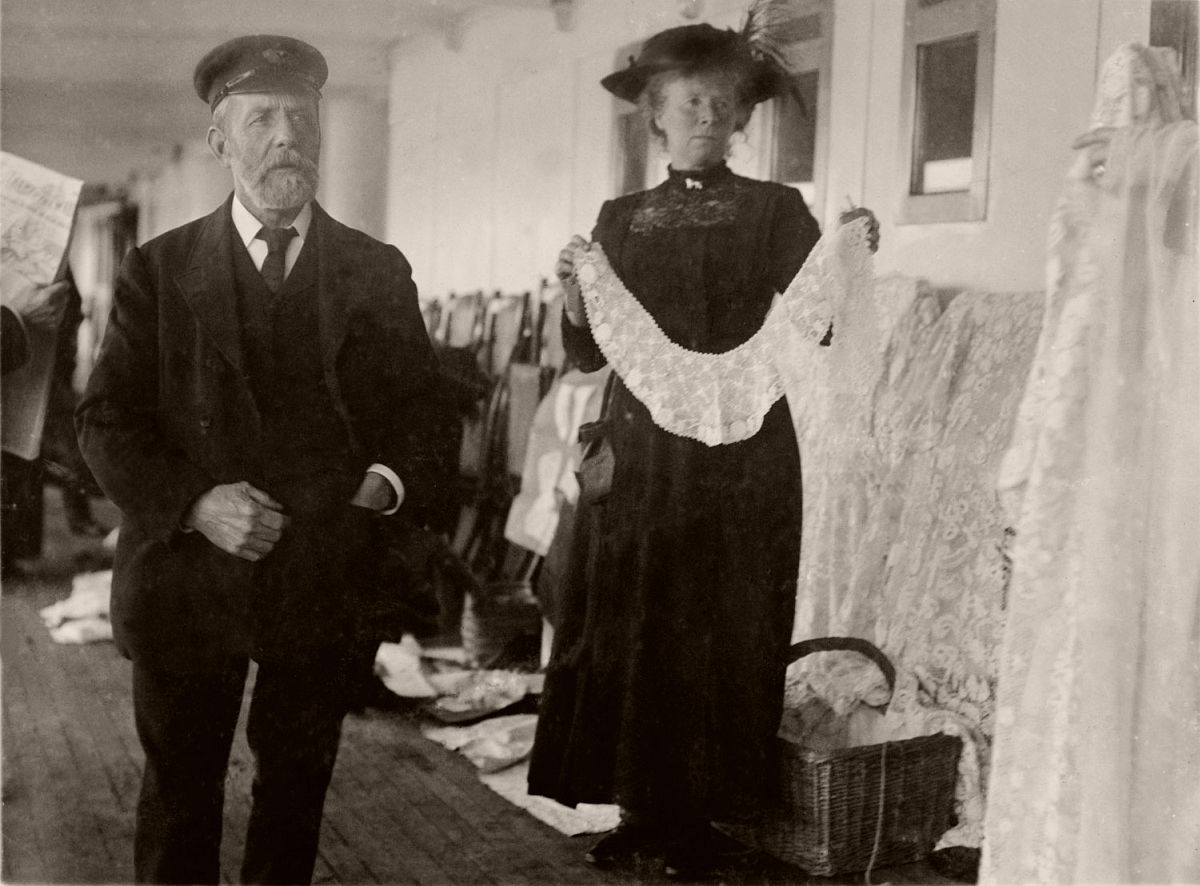
Woman selling Irish lace aboard the Titanic, April 11, 1912. Photo: Fr Browne SJ Collection—UIG/The Bridgeman Art Library
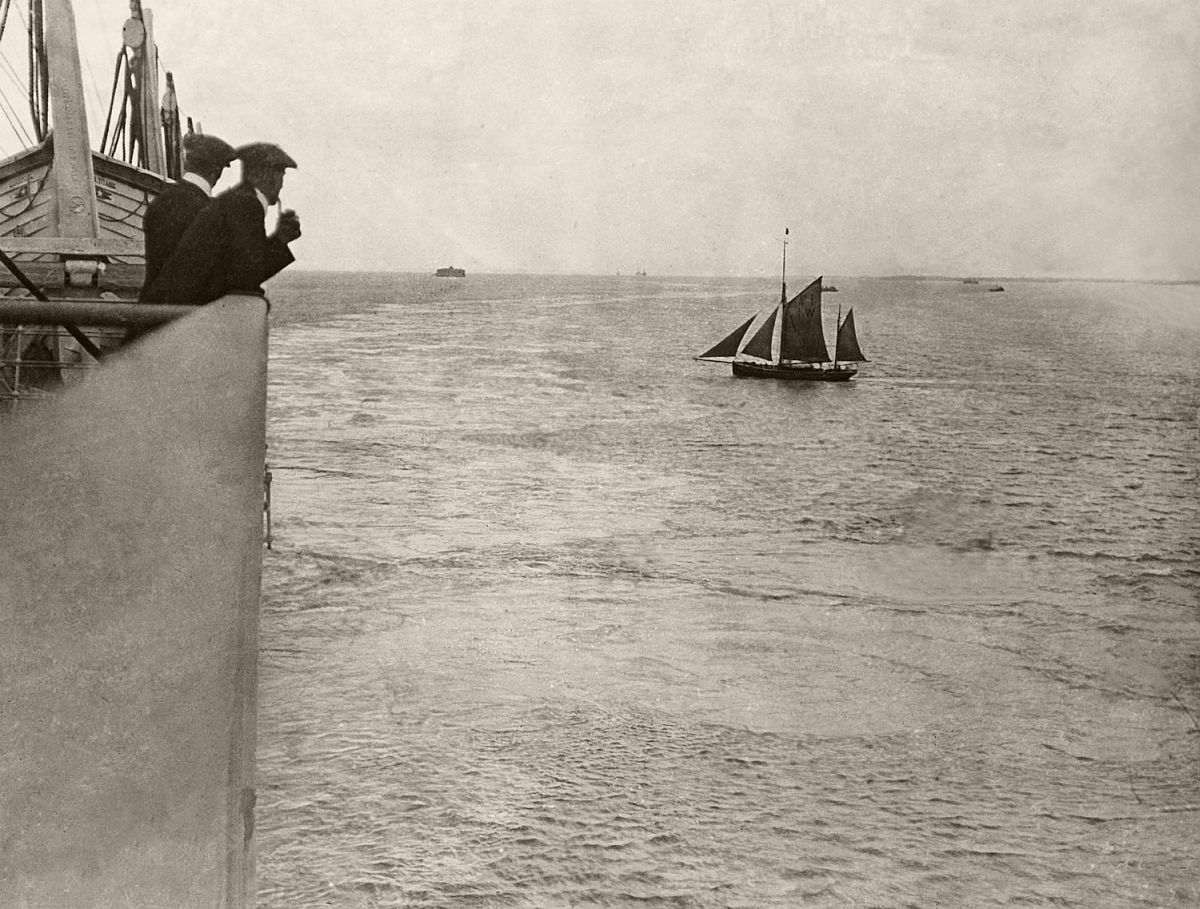
The Titanic at Portsmouth, April 10, 1912. Photo: Fr Browne SJ Collection—UIG/The Bridgeman Art Library
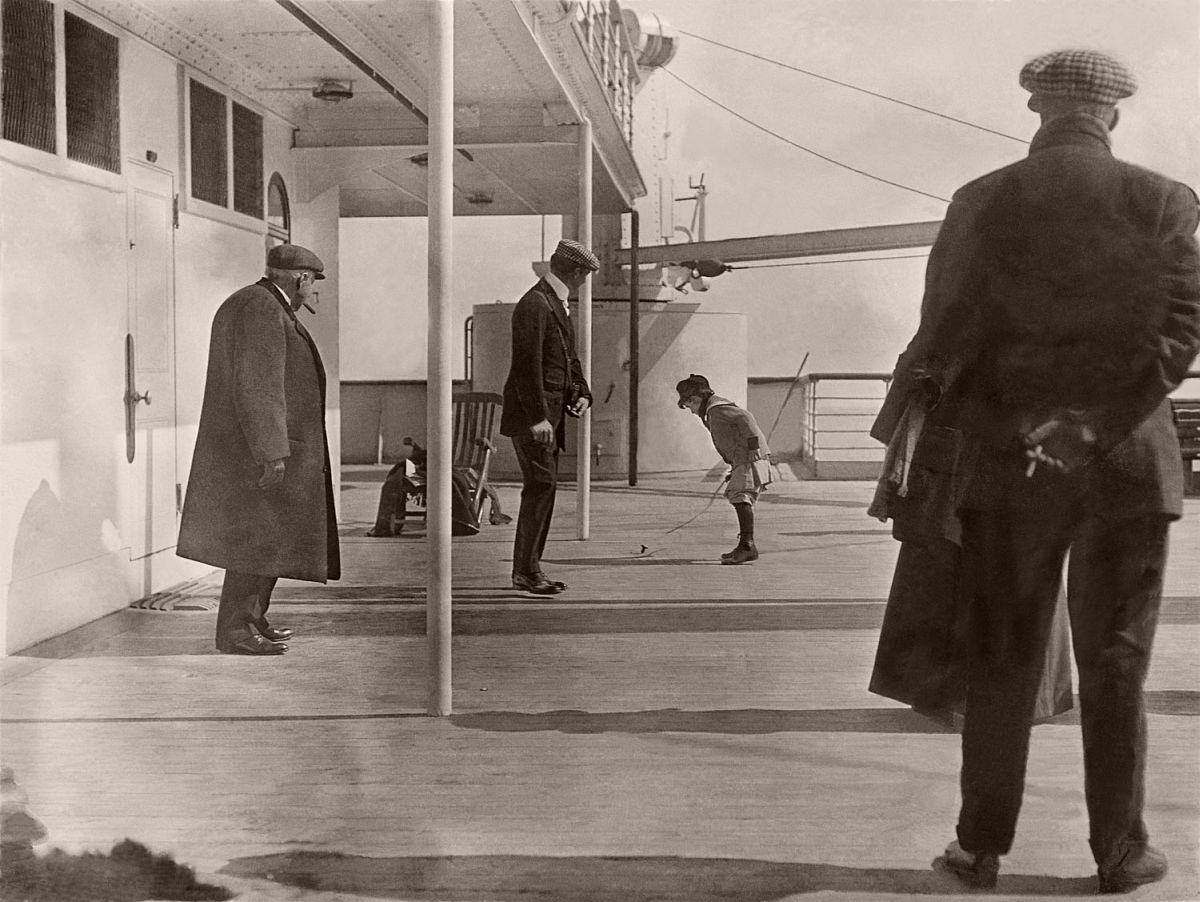
Doug Spedden playing on the deck of the Titanic, April 12 1912. Photo: Fr Browne SJ Collection—UIG/The Bridgeman Art Library

Reading and writing room aboard the Titanic, 1912. Photo: Fr Browne SJ Collection—UIG/The Bridgeman Art Library
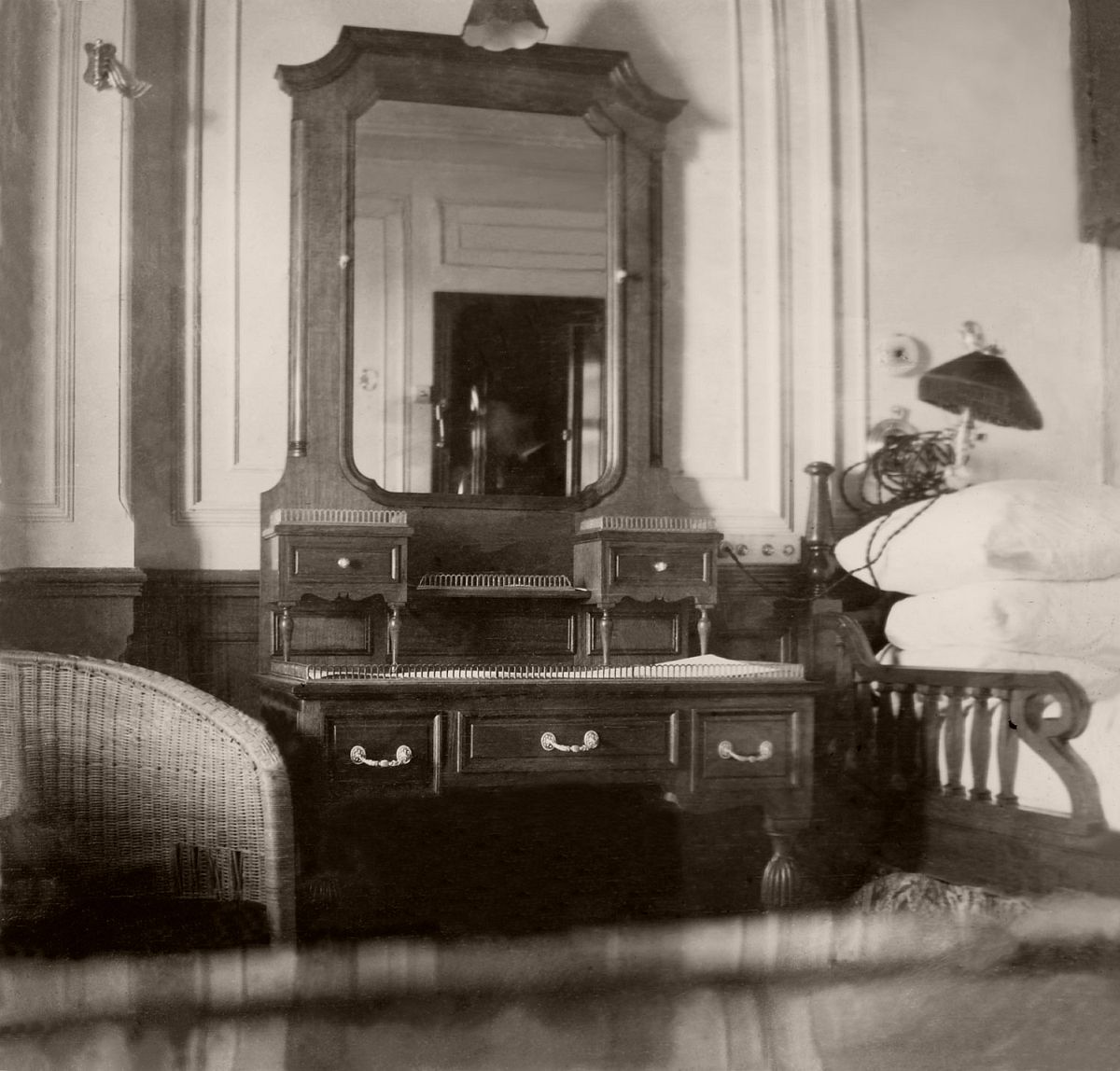
Father Browne’s first class stateroom on the Titanic, 1912. Photo: Fr Browne SJ Collection—UIG/The Bridgeman Art Library
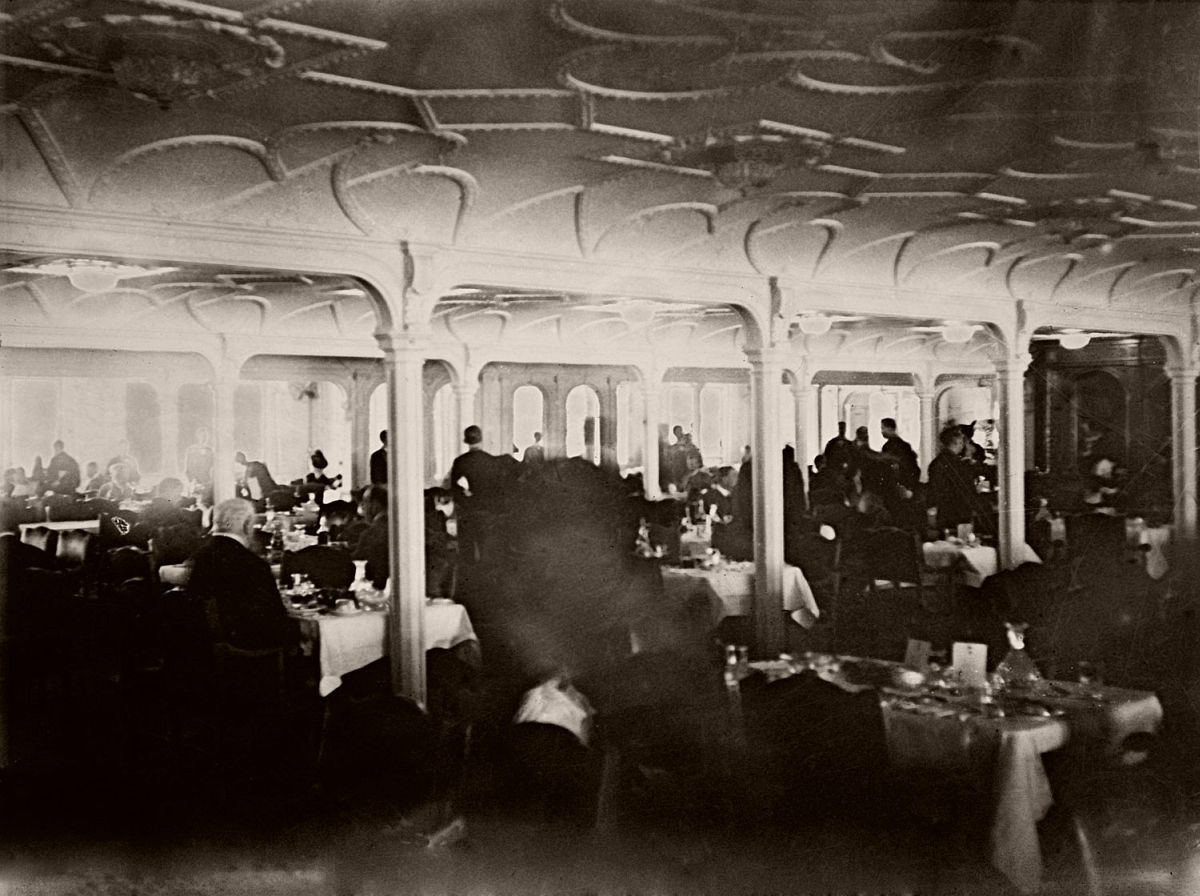
First-class dining room on the Titanic, 1912. Photo: Fr Browne SJ Collection—UIG/The Bridgeman Art Library

